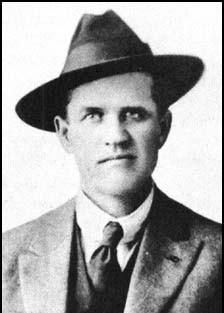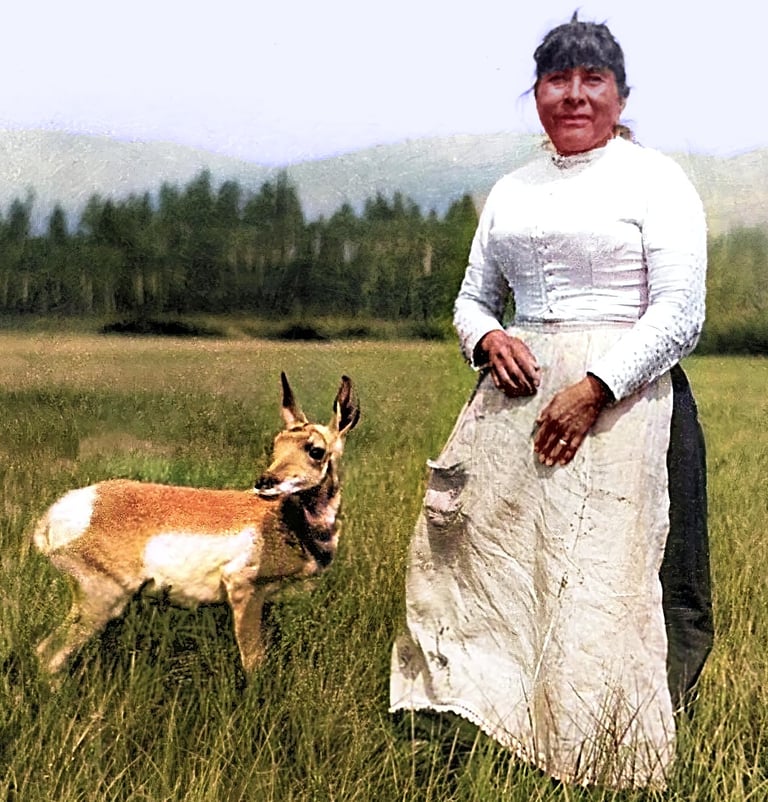Montana History
I was a high school student in Missoula, Montana when I began doing historical research and writing. My first project was an article about how the Salish Indians had been displaced from their homelands in the Bitterroot Valley. The following year I wrote a much longer piece on the murder of Frank Little, an Industrial Workers of the World, or Wobbly, organizer, in Butte in 1917.
That paper had an interesting history. After donating a copy to the Montana Historical Society in 1989, I nearly forgot about it until the early 2000s when I friend sent me a copy of a book he had picked up in Butte titled "The Lynching of Frank Little." Someone had gotten a copy of the paper and published it as their own. When I pointed this out to the local newspaper, which had favorably reviewed the book, they invited me to write an article about how my research came about. I offer here both the original paper and my 2006 article.
As an adult I came to appreciate that my family deep roots in Montana history as settler colonialists. In the late 1880s, my great-grandfather and namesake William “Billy” Patt (my parents called me Billy when I was growing up) built his first home, a log cabin, in the Madison Valley a few miles west of Yellowstone Park and with my great-grandmother, Emma, started a family.
I remember hearing stories as a child that Billy and Emma's first children were delivered by an Indian midwife. When I gained access to a trove of family papers as an adult I learned that this “midwife” was the sister of the famous Paiute activist, Sarah Winnemucca, who advocated tirelessly in the late 1800s to protect the rights and land of her people. In fact, Sarah was with her sister Elma when they helped deliver my great-uncle Andy Patt.
I wrote up this piece to share with family members the story of how Billy Patt and the Winnemucca sisters crossed paths.



